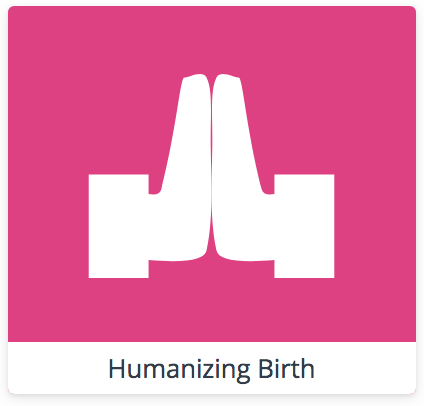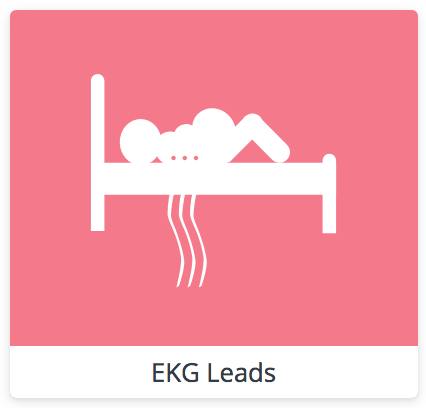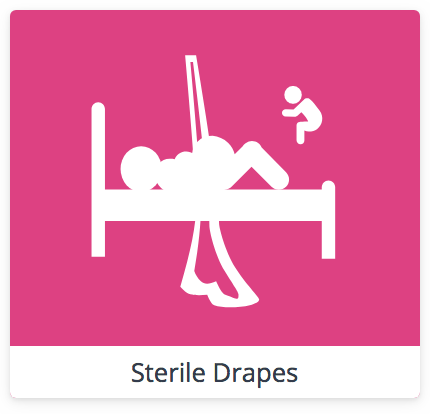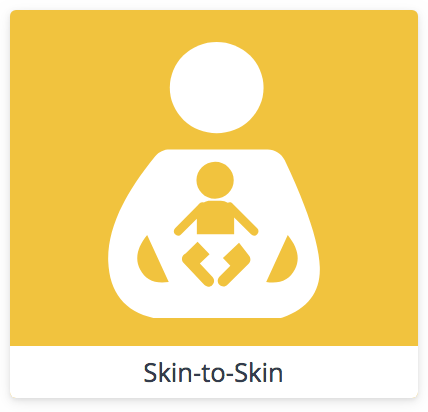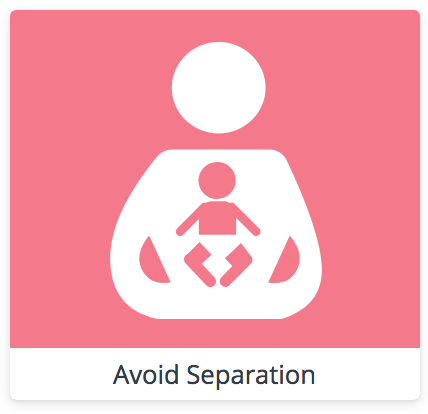cesarean birth
A cesarean birth is where a baby is born surgically through the abdominal wall instead of through the vagina. There are many reasons why people are faced with a cesarean birth.
There are still many things you can choose to do to preserve the physiology and bonding of a vaginal birth. This new cesarean philosophy is called a “Family-Centered Cesarean” and is being practiced in more and more hospitals every day.
- JUMP TO -
CESAREAN - HUMANIZING BIRTH - AWAIT LABOR - REMAIN AWAKE - EXTRA SUPPORT - EKG LEADS - VAGINAL PREP - HANDS FREE - STERILE DRAPES - BABY BORN SLOWLY - DELAYED CORD CLAMPING - SKIN TO SKIN - AVOID SEPARATION - LIMIT INTERRUPTIONS - SEED WITH FLORA


